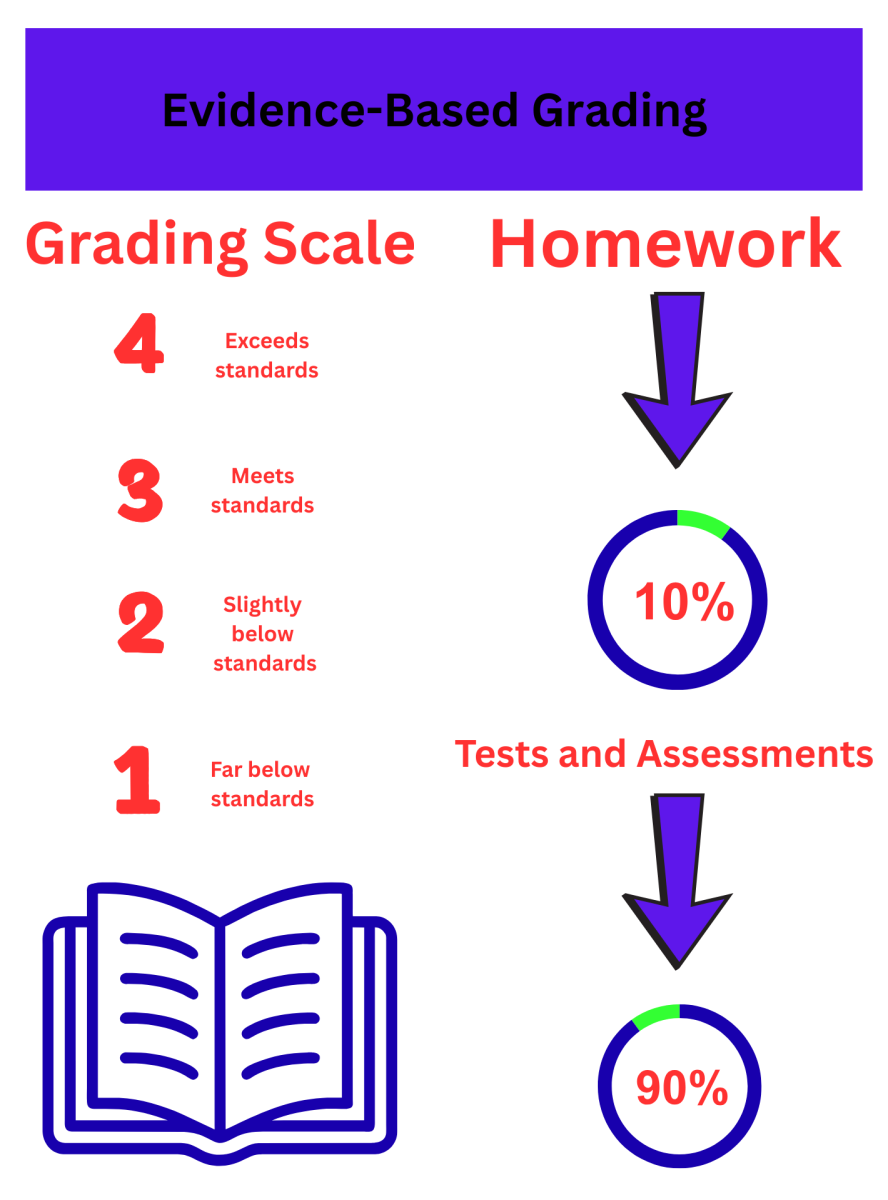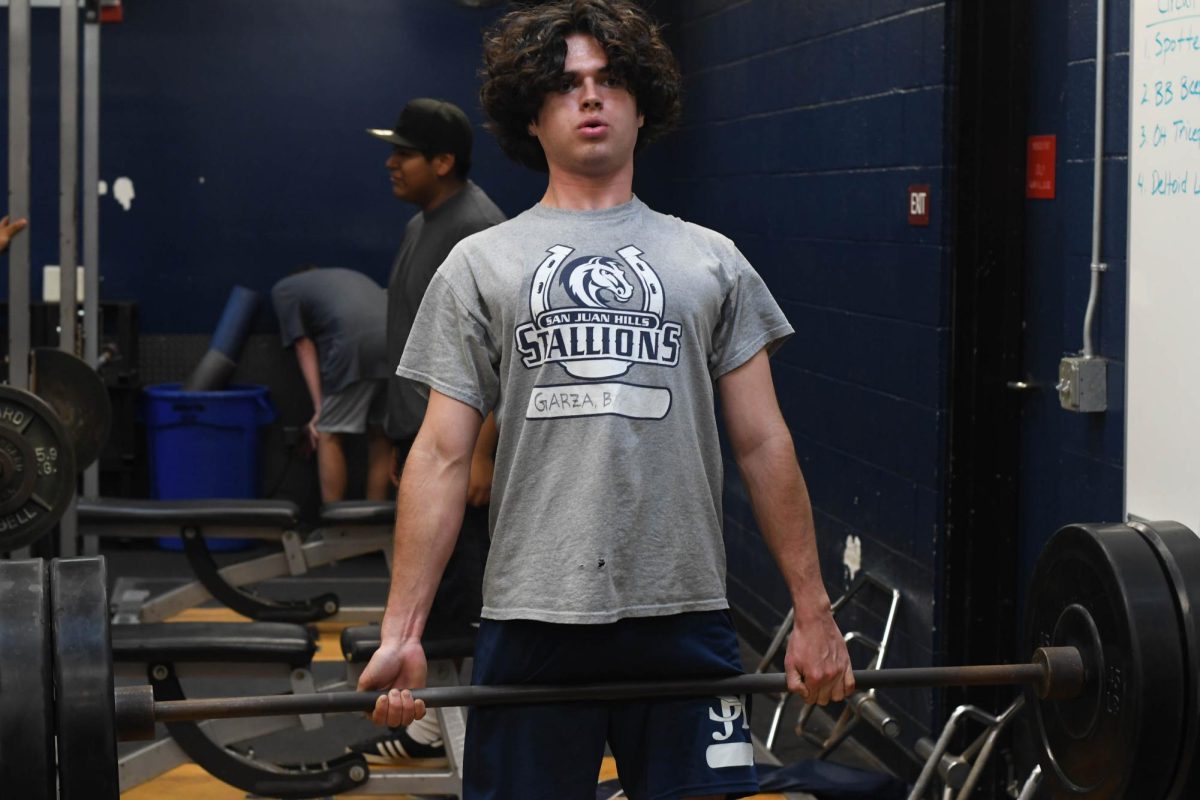For most students, the future is a daunting prospect that gives rise to much unwanted stress and fear. Oftentimes, this fear snowballs into a more critical outlook on one’s academic performance.
According to Kaw Valley Center Health, a non-profit organization focused on the well-being of children, research shows that students actually perform worse as a result of academic stress. In other words, anxiety over one’s grades often prevents a student from doing as well as they could.
The most common case of this academic pressure is seen in the various AP classes offered at San Juan Hills. Time after time, the difficulty of these classes tend to shock overachieving students who are used to easily excelling on all academic fronts. As a result, many students allow emotion to cloud their judgment, which can lead to rumors and exaggerations.
One example is the widespread frustration regarding AP final exam curves. Last year, rumors of a vast curve disparity in a widely-taken AP course sparked controversy, as many students felt that their peers attained various unfair advantages or disadvantages depending on the teacher they had.
“So, my teacher said that they were all supposed to curve to where the average was 80%…but another teacher curved it a lot lower,” said senior Jordan Lapin.
According to many AP “survivors”, their frustration was rooted in the fact that the same quality of work yielded different final grades.
However, various AP teachers shed some light on these serious claims in an effort to provide students with clarity.
“Last year, what we did is we based it on each class. So, for example, we would round the grades to where the average was about 78-80%. And so each class would sometimes get a slightly different curve based on their scores,” said an anonymous AP teacher.
Although these rumors of curve disparities are technically true, they are not nearly as vast as many students believe.
“I think a lot of that stuff was exaggerated to be quite honest, and sometimes kids were getting points and percentages confused,” said an anonymous AP teacher.
This year, the AP class department that is the most notably under fire judiciously decided to make one curve based on the average score among all nine classes.
This miscommunication between teachers and students is only one example of how academic pressure can fester into false accusations and clouded emotions. This unpleasant situation yields an important take away for both teachers and students.
To teachers: More direct communication would be greatly beneficial in preventing widespread misconceptions such as this one.
To students: It is easy to let emotions overshadow the gravity of a situation when it comes to grades. With the pressures of college, parents, and peers, an unsatisfactory grade can easily spiral into unproductive thinking. It is important for all students, especially those in AP classes, to have a more open minded outlook on their grades, and understand that a singular “bad grade” does not define their academic worth.








